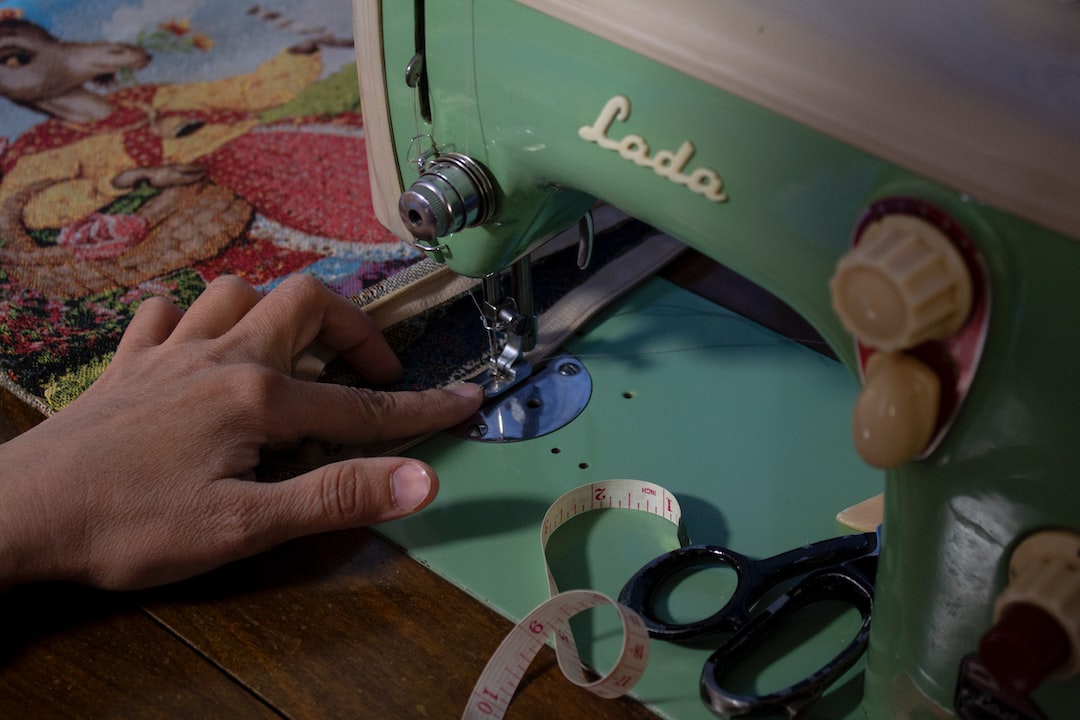Mastering the Beauty of Watercolor Painting
Watercolor painting has long held a unique place in the world of art. It has captivated artists for centuries with its ability to create ethereal and luminous effects. Whether you are a beginner or an experienced artist, exploring the beauty of watercolor painting can be a deeply rewarding journey. In this blog post, we will delve into the magic of watercolor and some tips for mastering this beautiful medium.
Watercolor painting is often considered as one of the most challenging techniques due to its inherent fluidity and transparency. However, with practice and a few key techniques, anyone can achieve stunning results with watercolors.
First and foremost, getting to know your materials and tools is crucial. A high-quality set of watercolor paints, brushes, and watercolor paper are essential for achieving satisfying results. Watercolor paints come in various forms, including pans and tubes. Pans are perfect for beginners as they are easier to control, while tubes provide more vibrant and intense colors for experienced artists. Similarly, investing in good quality brushes, specifically designed for watercolors, will greatly enhance your painting experience. Different brushes have different characteristics, such as flat, round, or pointed tips, which allow you to achieve different types of strokes and effects. Lastly, using watercolor paper is vital as it absorbs the paint effectively and prevents it from bleeding or buckling.
Once you have familiarized yourself with your materials, it’s time to explore the fundamental techniques of watercolor painting. One of the most important techniques is wet-on-wet, where you apply wet paint onto a wet surface. This technique creates soft, blended edges and allows the colors to mix and bleed into each other, giving your paintings a dreamy and ethereal quality. Wet-on-dry, on the other hand, entails applying wet paint onto a dry surface, resulting in more defined edges and crisp details. By mastering the balance between these two techniques, you have the power to create a wide range of effects.
Controlling the water-to-paint ratio is another crucial aspect of watercolor painting. The more water you use, the lighter and more transparent the color will be. Conversely, using less water will result in a more saturated and intense color. Experimenting with different amounts of water will help you understand how it affects the transparency and intensity of your paints, enabling you to achieve the desired effect in your paintings.
Another key technique in watercolor painting is layering. Building up layers of paint allows you to create depth, texture, and luminosity in your artworks. Start with lighter washes and gradually add more layers to create shadows, highlights, and intricate details. Be patient and let each layer dry before adding the next to avoid muddying the colors. Additionally, using masking techniques, such as masking fluid or tape, can help preserve areas of white paper for later details or highlights.
Beyond techniques, observation is a vital skill for any artist. Training your eye to see the world in terms of shapes, values, and colors will greatly benefit your watercolor paintings. Learn to study the play of light and shadow, the subtle shifts in color, and the interplay between different elements. The more you observe, the better you will understand how to translate these nuances onto your paper.
Lastly, don’t be afraid to experiment and embrace imperfections. Watercolor painting is inherently spontaneous and unpredictable. Embrace the unpredictability and allow happy accidents to guide your creative process. Remember that mistakes can be transformed into beautiful details or even become an integral part of your artwork.
Mastering the beauty of watercolor painting requires time, patience, and practice. It is a journey of exploration, learning from both successes and failures. Embrace the fluidity, transparency, and luminosity of the medium. Let go of control and allow the watercolors to take you on a magical journey. With dedication and perseverance, you will soon discover your unique style and create breathtaking works of art. So pick up your brush, immerse yourself in the beauty of watercolor, and let your imagination flow onto the paper.

